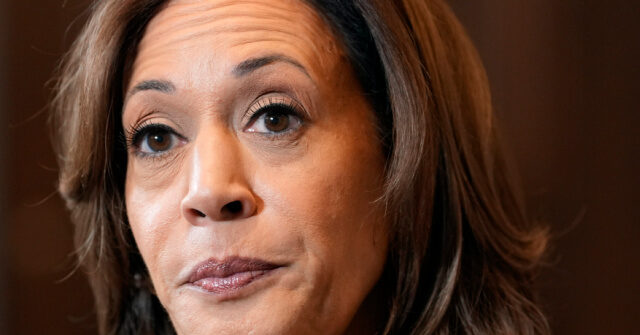As Vice President Kamala Harris faced a pivotal moment on election night at her Howard University watch party, she chose not to address a gathering of anxious supporters. The atmosphere shifted dramatically following the confirmation of former President Donald Trump’s victory, which caught many off guard. Cedric Richmond, the co-chair of the Harris campaign, attempted to reassure the crowd as some supporters left in disappointment. He emphasized that not all votes had yet been counted and that some states still remained uncalled. Richmond conveyed the campaign’s commitment to ensuring that every vote is counted, indicating a possibility of a future communication from Harris while nurturing a sense of hope among her backers.
In stark contrast, Donald Trump’s campaign exuded confidence and success as he was declared the winner of the 2024 presidential election. This triumph is historically significant as it marks the first time a candidate has reclaimed the presidency after previously losing a reelection bid, echoing a similar feat accomplished by Grover Cleveland in the late 19th century. Trump’s journey back to the Oval Office reflects a resilient electoral strategy and a steadfast base, signaling his continued influence over the American electorate and the political landscape.
The election results unveiled Trump’s ability to reclaim critical battleground states, particularly Pennsylvania, which played a vital role in solidifying his path to the necessary 270 electoral votes. His performance in Pennsylvania reflected a return to form in what had previously been a Democratic stronghold—referred to as the “blue wall.” The former president’s focused campaigning in the state bore fruits, showcasing his appeal and relevance in regions that had shifted in favor of Democrats in recent years. This victory underscores the complexities of voter sentiment and the fluctuating dynamics in American political affiliations.
As the evening unfolded, the implications of Trump’s victory resonated throughout the nation. Harris’s absence culminated in a feeling of uncertainty for her supporters, who were left wondering about the future direction of the Democratic Party in the wake of such a substantial loss. The divide between the Republican and Democratic bases widened, exposing lingering tensions and expectations heading into future political cycles. With Trump’s historical win, the Republican Party may see a reinvigoration and consolidation of its support that could affect Democratic strategy moving forward.
Amid the chaos of election night, both parties are now poised to reflect and regroup. The Harris campaign, while optimistic about the need to ensure proper vote counting and representation, must also contend with the reality of the electoral outcome. Trump’s supporters, meanwhile, celebrate a significant victory that empowers his narrative of restoration and renewal, accentuating themes of divine purpose and destiny that Trump himself has promoted. This dynamic will undoubtedly shape the political discourse in the coming weeks and months.
Looking ahead, the results signify more than just a shift in leadership; they herald a transitional moment in American politics. The contrasting narratives of victory and a need for resilience present an ongoing challenge for both sides. As supporters of Harris grapple with disappointment, Republicans and Trump’s base prepare for a politically charged atmosphere as they anticipate the next steps in a pivotal era for the United States. The discussions about unity, strategy, and the direction of both parties will dominate public thought as America reflects on this momentous electoral event.

